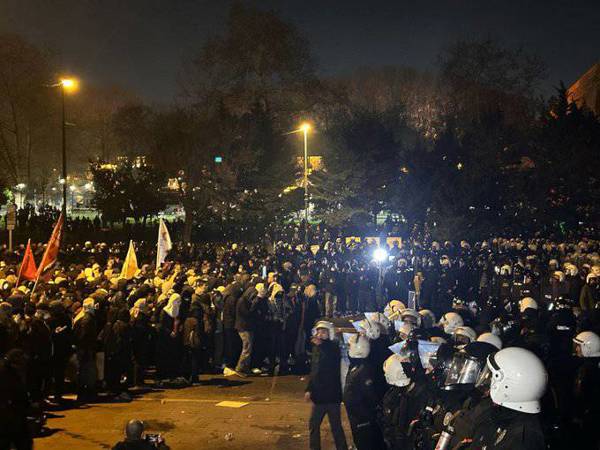OHO 2017
bianet Editors Speak About Gender Based Journalism

Click to read the article in Turkish
bianet’s women and LGBTI news editor Çiçek Tahaoğlu and freedom of expression news editor Elif Akgül have explained gender based journalism with examples from bianet and most of the media outlets in the From the Classroom to the Newsroom 2017.
Touching upon journalism language, representation inequality and preconceptions, Akgül and Tahaoğlu discussed transforming the sexist language through women and LGBTI oriented journalism.
“When do women and LGBTIs become news?”
In their presentation, Akgül and Tahaoğlu responded to questions such as “Why don’t women and LGBTIs become news? When do women and LGBTIs become news?”
“Gender based journalism isn’t just news that include ‘women and LGBTI’. We place women and LGBTI in the center of gender based journalism. Keeping in our mind that all news concern women and LGBTI as well, in all sorts of reports from economy to politics, from sports to life, we have to ask questions like how will this incident affect women and LGBTIs or what do women and LGBTIs think about it?”
“Media managers are mostly men”
“Inequality between man and women among media workers and managers is one of the reasons why there are less news about women and LGBTI. The rate of women working at newspapers is only 19%. This figure drops to 10% in managers. The rate rises to 38% in internet media. When we look at bianet, of 18 workers 10 are women and eight are men.
“In most of the media outlets, women and LGBTIs have to be victimized or do an ‘extraordinary male work’ to be covered. Or Mothers’ Day. They are covered in periods like Women’s Day or Pride Week”.
Later on, Akgül and Tahaoğlu compared mistakes made in most of the media with bianet. The wrong expression used about women and LGBTI were shown and the concepts to replace them was explained. (HA/TK)
Questions resurface over İstanbul's earthquake assembly zones

Lawyer Selçuk Kozağaçlı detained one day after release

Prosecutor seeks prison terms for journalists who covered İmamoğlu protests

Journalists' union denied visit to jailed reporter Elif Akgül

İzmir coal-fired plant continues operations despite court ruling







